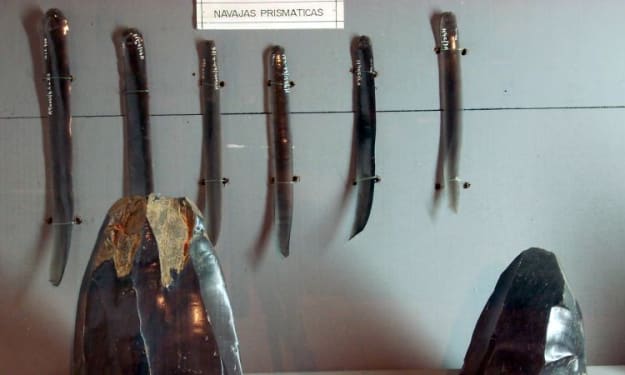Facts That Sink Our Myths About the Titanic
Facts That Sink Titanic boat

Yes, we have already discussed the Titanic's collision with a massive iceberg on April 14, 1912, but what if we use the
Our objective is to submerge the Titanic in a massive block of ice that will raise the ship to the surface.
To do this, you must wrap the wack in wire mesh and cover it with liquid nitrogen. This will require several thousand feet of wire mesh and a large amount of liquid nitrogen.
The first issue you run into is that you can't wrap the ship all the way around; you have to raise it a little to put .
beneath it, the mesh Suppose, by some miracle, that you are able to do so. In such case, you will need to move hundreds of enormous tanks of
liquefied nitrogen It's so cold that the Atlantic Ocean's freezing water appears to be boiling as you open the tanks underwater, yet the nitrogen just sizzles away and doesn't form a block of ice around the mesh. Alright, another effort Hug H magnets to help raise the Titanic.
You'll need a big cruiser and strong magnets for this. Thick cables are fastened to the magnets, and as you drop them to the bottom, bright projectors light up the black and visible portions of the wreck.
The magnets move closer together and adhere to the iron. Hullbeneath it, the mesh Suppose, by some miracle, that you are able to do so.
In such case, you will need to move hundreds of enormous tanks of liquefied nitrogen As you open the tanks while submerged, the frigid Atlantic Ocean appears to be boiling, but instead of forming a block of ice around the mesh connecting to the ship's iron hull, the nitrogen just sizzles and dissipates. The cruiser pulls the cables and magnets up, causing some of them to separate from the Titanic because the iron surface is covered in corals and reefs.
A few sections of the wreck split apart from the ship and rise since the cruiser's power is insufficient and one of the cables is ripped.beneath it, the mesh Suppose, by some miracle, that you are able to do so.
In such case, you will need to move hundreds of enormous tanks of liquefied nitrogen Opening the tanks while submerged, the frigid Atlantic Ocean makes it appear as though it is boiling.
The nitrogen just sizzles and dissipates, not forming a block of ice around the mesh surrounding the iron Hul of the ship. The Cruiser Puables is torn, interfering with the operation not only with the weight of the individual parts of the Titanic but also with the massive water pressure.
The sunken ship can only be raised partially; in fact, an attempt to raise the Titanic in parts has already been made.
the mesh under it let's say that by some miracle you manag to do so next you need to transport hundreds of large tanks of liquid nitrogen you're underwater opening the tanks and it's so cold that the icy water of the Atlantic Ocean looks like it's boiling the nitrogen just sizzles dissipates and certainly doesn't create a block of ice around the mesh all righng to the iron Hul of the ship the Cruiser puables is torn notonly the weight of the individual parts of the Titanic but also the Colossal water pressure interferes with the operation the sanic in Parts the $ million operation failed nylon's slings were attached to a large part of the rack the other ends of the slings were connected beneath it, the mesh For the duration of the operation, all cables were connected to the diesel engines. A mini submarine was used to pull up a piece of the Titanic that weighed 21 tons, but one of the slings broke due to the strong water pressure.
One by one, the other cables broke, and a massive piece fell back to the seafloor. Let's say that by some miracle you manage to do so. Next, you need to transport hundreds of large tanks of liquid nitrogen. You're underwater opening the tanks and it's so cold that the icy water of the Atlantic Ocean looks like it's boiling.
About the Creator
Enjoyed the story? Support the Creator.
Subscribe for free to receive all their stories in your feed. You could also pledge your support or give them a one-off tip, letting them know you appreciate their work.





Comments
There are no comments for this story
Be the first to respond and start the conversation.